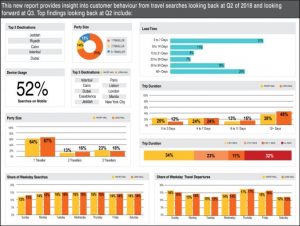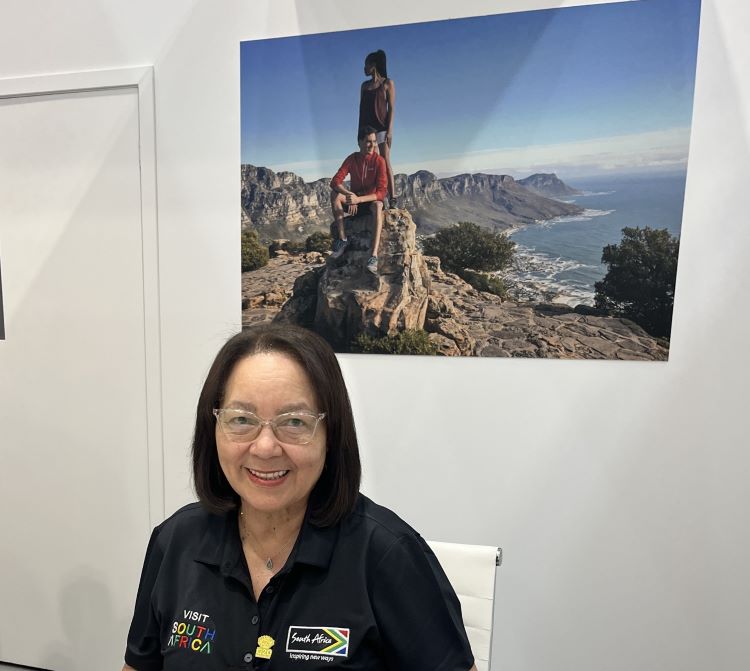According to Sojern’s Third Global Travel Insights Report 2018, desktop usage for travel search remains resilient despite the popularity of mobile phones. Desktops are definitely here to stay!
TT Bureau
The new report offers a quarterly look at travel trends from around the world. Sojern’s data science team analyses billions of travel intent signals annually to help 93 per cent of the Fortune 500 travel brands to better understand the booking behaviour of travellers and how to reach them with marketing messages.
“Even with mobile devices nearing global saturation, we continue to see that travel planning search volume remains desktop-heavy,” said Jackie Lamping, Vice President—Marketing, Sojern. “While there’s clear evidence that mobile is playing an increasing role in the dreaming and inspiration phases of trip planning—mostly driven through social sharing on Facebook and Instagram—travellers still come back to their desktop in order to research options in more
detail, compare prices and ultimately arrive at a confident decision.”
Sojern data shows that only 28 per cent of travel searches in the US came from mobiles in the last quarter. Lamping explained, “Many consumers still feel that the price comparison shopping experience is better on desktop—whether that’s due to faster Wi-Fi or website load times, access to more content, or the ability to open multiple browsing windows simultaneously.”

- Desktops rule the roost
Although mobile devices are abundant, Sojern’s latest insights report indicates global consumers are still using the desktop for majority of their searches while planning travel. In North America, 72 per cent of travel searches were done on desktop during Q2. For Asia Pacific, it was 67 per cent and 64 per cent in Latin America. Though desktop reigns supreme in much of the world, mobile search is still dominant in two regions – Europe, and the Middle East and Africa; with 53 per cent of European travel searches on mobile during Q2 and 52 per cent in Middle East and Africa.
- Travelling solo tops the charts
According to our travel intent research, 71 per cent of Middle East and African travel searches were for solo trips during the months of April, May and June. Solo trips accounted for 69 per cent of North American travel searches, 67 per cent in Latin American, 63 per cent in Asia Pacific and 53 per cent in Europe. However, when we look at upcoming travel searches for July, August and September, couple travel has been on the rise. Our data shows an increase in couple travel primarily for North America and Latin America. Europeans, in particular, are searching for more couple trips when travelling regionally. People in the Middle East and Africa are searching for group travel of three or more during July through September travel dates.
- Not everyone is searching for last-minute travel
In the second quarter of 2018, 65 per cent of travel searches for Asia Pacific started more than 30 days prior to the departure date. Similarly, 63 per cent of travel searches in Europe and 61 per cent in Latin America started more than 30 days in advance of the departure date, while in the Middle East and Africa the number stood at 43 per cent. Asia Pacific travellers were the heaviest planners of all regions with 45 per cent of their travel searches starting more than 60 days out from the departure date.
 TravTalk India Online Magazine
TravTalk India Online Magazine




